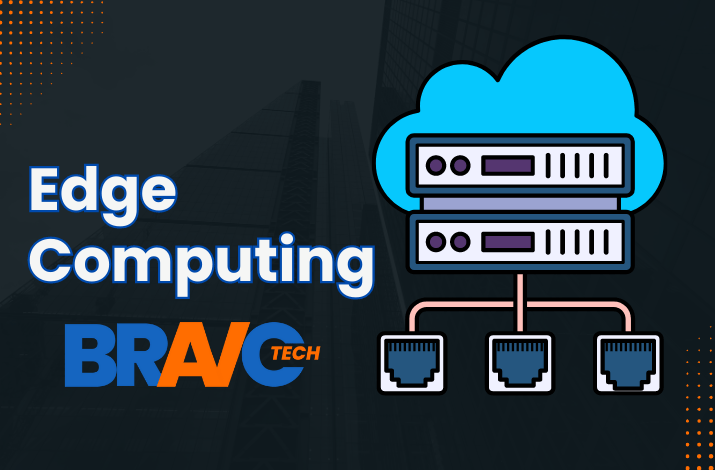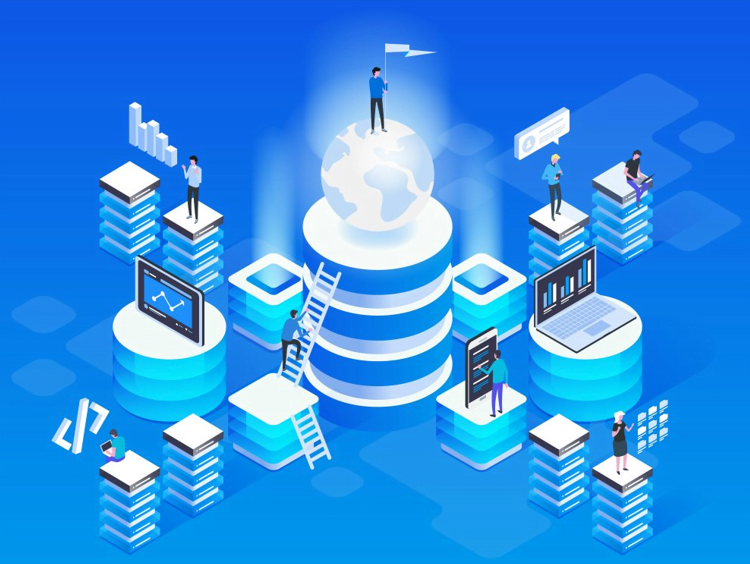Edge Computing and its Potential to Revolutionize Industrial Automation

Edge Computing refers to deploying small data centers near the network edge to enable local and efficient data processing. Data can be processed at the source instead of sent to a cloud server with edge computing. The industries particularly interested in edge computing include transportation, healthcare, retail, and industrial automation. The system is becoming increasingly important for industrial automation, allowing faster decisions while maintaining safety and compliance standards. In this article, we will discuss edge computing and its Potential to Revolutionize Industrial Automation.
What is Edge Computing?
Edge computing is a distributed computing structure that gets data processing and application logic closer to the data source. Edge computing permits data to be processed locally instead of traveling across a network to a remote cloud server. The processes can be automated, and findings can be made without conveying the data over a network, saving time. This supports speeding up industrial automation processes, reduces latency, and minimizes energy consumption.
Introduction to Industrial Automation
Industrial automation is a sector that has been heavily relying on cloud computing for its operations. The potential of edge computing technology to transform industrial automation processes has emerged. By decentralizing data processing and computing power, edge technology can respond faster to changing conditions in production processes, enabling real-time decision-making for industrial automation.
Why is Edge Computing Important for Industries?
Edge computing is a critical technology for industries because it can solve the challenges associated with volume, velocity and variety of data. Processing data at the source (the edge nodes) reduces the cost and latency of sending data to the cloud for processing. This allows for faster decision-making, which is especially important for industries responding quickly to changing conditions. Edge computing can enable better insights into production processes by providing real-time data. This can lead to increased efficiencies, improved safety and higher quality of products.
The Potential of Edge Computing for Industry:
Faster Data Process
Edge computing can support reducing the amount of data that needs to be sent over a network and improve response times for automated processes. This is particularly true for industrial applications such as manufacturing, where every millisecond counts.
Improving Security
Edge computing reduces the risk of cyber security threats by keeping sensitive data away from cloud servers. Performing data processing at the edge makes accessing the data more difficult for malicious actors. Edge computing systems can also be designed with end-to-end encryption, providing an extra layer of security.
Create New Opportunities for Innovation
This Technology creates new ways of interacting with customers or products. For example, a connected car with edge computing technology could enable its passengers to access real-time traffic updates or enhanced navigation features. It could also provide predictive maintenance capabilities, alerting drivers to potential issues before they become more serious. Edge computing can also facilitate machine learning and artificial intelligence applications in new, innovative ways.
IoT for Automation

The Internet of Things (IoT) is pushing a rapid evolution in the manufacturing industry. This development facilitates adopting automated manufacturing processes like production, maintenance, and quality control. Manufacturers need real-time access to data from connected IoT devices for these automated processes to succeed. This is where edge computing can make a difference. By bringing data processing to the edge of a network, manufacturers can access real-time data faster and more securely without having to send the data over a network.
Bringing Data Processing and Application Logic Closer to the Data Source
Industries can avoid having to route large amounts of data across long distances by processing data at the edge. This decreases the latency associated with data transmission, authorizing solutions to be more responsive and efficient. It also eliminates the need for expensive infrastructure investments, as companies can leverage existing edge devices to process data.
Improving Employee Safety and Site Security
Edge computing can also enhance employee safety and site security by allowing organizations to monitor and analyze data from connected devices in remote locations. For example, edge computing can access video data from security cameras in hazardous work environments and provide real-time insights that can alert personnel of potential dangers. It can monitor and analyze data from connected sensors in remote locations to detect any unauthorized access or activity that could pose a risk to operations.
Edge Computing Can Reduce Latency
Edge computing can reduce latency by bringing data processing and application logic closer to the source. This decreases the time data travels from the source to the cloud, improving responsiveness and user experience. This can be especially useful for applications like autonomous vehicles, which must react quickly to ensure safety.
Reduce Energy Consumed by Industrial Automation Systems:
Edge computing can reduce the amount of energy consumed by industrial automation systems. By processing data at the edge, organizations can minimize the need to send data over long distances, thus reducing electricity costs. Additionally, edge computing helps reduce the need for complex and costly infrastructure upgrades since information can be processed more quickly and efficiently.
Enables Devices to Communicate with Each other Directly
The device uses the IoT to communicate with each other directly instead of using a centralized server. This supports decreasing the latency and data transfer time in real-time applications. Companies that can benefit from this include those in the industrial, automotive, and medical industries. They can more rapidly exchange data and react accordingly by directly connecting devices.
Real-time Decision
Edge computing facilitates instant decision-making by enabling direct communication between devices. This can be especially beneficial in industries that rely on making decisions in real-time such as manufacturing, healthcare and retail. Data can be processed quickly enough to enable immediate reactions and decisions. This can help businesses respond quickly to changing conditions and optimize processes for improved efficiency.
Conclusion
Edge computing in automation, retailing, healthcare and automotive has become necessary. It promises to reduce latency, increase cost-effectiveness and create new opportunities for businesses by allowing them to process data closer to the source. This also offers increased security and real-time decision-making, ensuring operational efficiency. It is becoming an increasingly vital technology for businesses to remain competitive.






